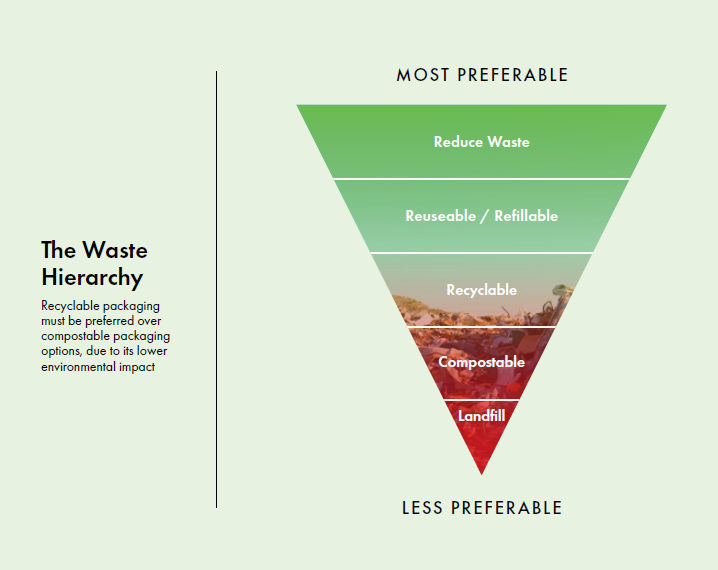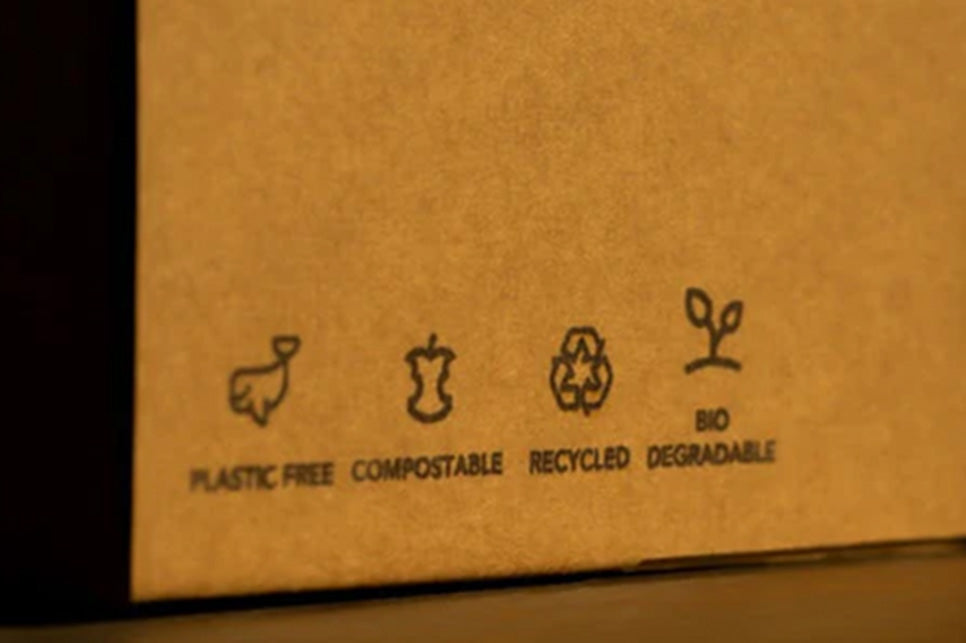Ranging from prevention to landfill, the Waste Hierarchy gives businesses and industries clear guidelines for reducing waste.
Since March 2022, the selling, supplying or distribution of expanded polystyrene cups, bowls, plates and clamshell containers has been banned in South Australia. This move built on legislation introduced in 2021 – the first of its kind in the country – which prohibited the sale or use of certain single-use plastics in the state. Since then, several states and territories have implemented similar bans, with the ACT, Queensland, NSW and WA outlawing the sale and distribution of certain single-use plastics.

This widespread shift towards banning single-use plastics signals a new phase for Australia in the fight to dramatically reduce waste. In particular, these bans directly address waste prevention, which is the most preferable option in the waste hierarchy.
The Waste Hierarchy: A Guide to Sustainable Waste Management
The waste hierarchy is a theoretical model for reducing waste and using resources efficiently. It applies to businesses across multiple industries and prioritizes waste management options based on their environmental impact.
Unsurprisingly, prevention or reduction of waste sits at the top of the hierarchy as the best-practice solution, while throwing waste into landfill, considered the worst option, resides at the bottom.
Packaging and the Waste Hierarchy
Packaging is one area where the waste hierarchy is especially relevant for all businesses. Here's how businesses can implement the waste hierarchy in their packaging strategies:
- Prevention: Companies should avoid unnecessary materials in their packaging and strive to reduce existing packaging where possible. For instance, Interpath, a leading supplier of laboratory consumables, is actively working with its partners to develop and source packaging that minimizes waste.
- Reuse: When prevention isn't feasible, using reusable and refillable packaging is the next best option.
- Recycle: If reuse isn't possible, using recycled and recyclable materials for packaging helps to build a circular economy.
- Renewable Sources: Packaging made from renewable sources with certifications like Forest Stewardship Council (FSC) or Programmed for the Endorsement of Forest Certification (PEFC) is preferable to using virgin materials.
- Composting: Compostable packaging sent to composting facilities is a better option than landfilling.
Conclusion
As more companies examine their waste management strategies, prioritizing waste prevention aligns perfectly with the growing focus on banning single-use plastics. The waste hierarchy provides a solid set of guidelines that businesses across industries can utilize to make sustainable packaging choices. Interpath, like many other businesses, is committed to implementing these practices throughout its operations.

